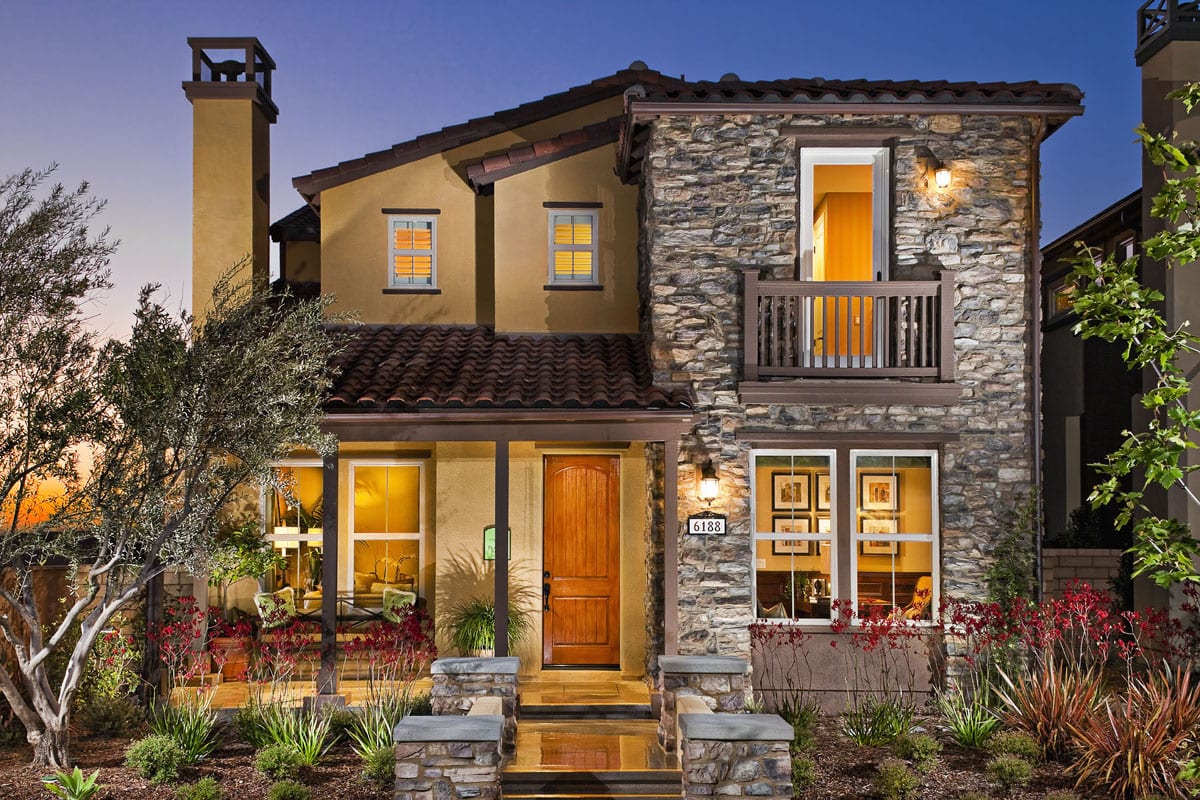
As the real estate industry continues to heat up and mortgage rates remain affordable, the residential home building market is experiencing steady growth and sustained optimism. But what’s also interesting is to look at the rise in green home construction and how it’s impacting the larger real estate market and environment.
Green Construction is Booming
Since 2006, Dodge Data & Analytics has teamed up with the National Association of Home Builders (NAHB) to survey home builders about green building activity, costs, trends, drivers, and obstacles. In their most recent report, they suggest that green construction is rapidly gaining traction among single-family and multifamily home builders.
According to the report, at least one-third of all single-family and multifamily builders say green building represents a significant portion of their overall activity – i.e. more than 60 percent of their portfolio. Within this group, almost 30 percent of multifamily builders and 20 percent of single-family builders classify themselves as “dedicated” green builders.
One of the more interesting takeaways from the survey is the number of builders who are focusing on net zero home construction.
“Among those surveyed, 29 percent of single-family home builders have built a net zero, near-net zero, or net zero-ready home in the past two years, and 44 percent expect to do so in the next two years,” the NAHB reports. “Builders see increased customer demand and a competitive advantage as the top two drivers to develop net zero homes.”
While homeowners have been investing in green renovations and upgrades like energy efficient appliances for years, those in the industry find it refreshing to see an increased emphasis on sustainable construction processes.
“Research shows that nearly 56 percent of all CO2 emissions in the United States come from construction processes,” explains Green Residential, a Houston-based real estate company. “This includes transportation of materials, manufacturing of materials, design, operations on-site, and demolition. Then, there’s also the issue of filling up landfills with old construction materials that take millions of years to decompose.”
Significant strides must still be made in this area, but there’s clearly optimism that green construction will continue to progress and alleviate some of these pressure points as 2018 unfolds.
New Trends Take Center Stage
When looking at green home construction from a distance, it’s easy to lose sight of what’s really happening. However, by taking a closer look at some of the specific trends, the general public is better able to understand what’s going on behind the scenes.
One of the biggest trends is happening in the renewable energy space. What was once an anomaly has become fairly normal in many communities. Falling prices on solar and wind systems are creating more access and opportunity.
As Erica Gies writes for Inside Climate News, “The cost of renewable energy keeps going down, comparing favorably with coal. Battery technology also continues to improve and get cheaper. And digital technology is making electric markets cleaner and more efficient, as well.”
On a very practical front, tankless water heaters are finally taking priority over traditional water heaters. By saving up to 24 to 34 percent in produced energy, tankless heaters save homeowners roughly $100 per year. They also last longer, provide more hot water, and take up less space.
It doesn’t stop with water heaters, though. With an astounding 80 percent of states anticipating water shortages in the next few years, water efficiency is becoming a huge focal point in residential construction. From gutter systems that collect water and repurpose it for different household uses to faucets and appliances that require far less water to operate, builders have plenty of opportunities to encourage lower consumption.
While water heaters and water efficient systems are fairly conservative investments in green home design, many home builders are reporting growth in passive building design (which uses advanced design techniques to maximize energy efficiency based on seasonality and time of day). With passive building, roof design is key.
“Green roofs play an important part in helping regulate the temperature inside and outside of many passive buildings and homes. The plants and soil systems put in place help insulate the building in the winter and shade it in the summer,” Megan Ray Nichols writes for Interesting Engineering.
The Future is Bright Green
When looking at the current state of green home construction compared to where things stood just 10 or 15 years ago, it’s hard not to be overwhelmed by the significance of these innovations and trends. But in order for growth to continue at this rapid rate, it’s important that marketplace receptivity and demand don’t fall behind technological advancements.
When homeowners cease to see the value in green construction, demand goes down and supply follows suit. The key moving forward will be increased exposure and visibility in the general public. Assuming success in these areas, the sky is the limit.
If you would like to contribute an article or contact our contributors, you can get in touch here
